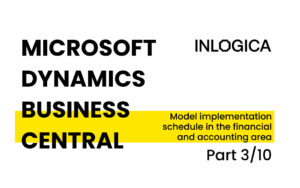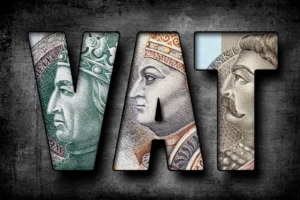The KSeF and structured invoices will be mandatory in Poland from 1 January 2024
What is KSeF?
KSeF is a central National E-Invoicing System. It enables its users to issue, store and receive electronic invoices. Poland is the fourth country in the European Union to introduce electronic invoices in a structured data format. The system is intended to simplify the documentation of sales and the control of the accuracy of business invoicing. The Polish Ministry of Finance released a production version of the KSeF app in May this year. It can already be used on a voluntary basis if a business chooses to issue invoices in a structured data format. Please note that the recipient of e-invoices issued via the KSeF during the transition period must first approve this form of invoicing. One can, of course, safely assume that such acceptance will no longer be necessary once the use of the National E-Invoicing System becomes mandatory.
What is a structured invoice?
A structured invoice is an invoice issued via the National E-Invoicing System (the KSeF), together with an ID allocated by the system. The invoice is produced in the xml format and its data is structured in accordance with the e-invoice logical structure published by the Ministry of Finance.
In case of financial and accounting systems integrated with the KSeF: submitting an invoice to the KSeF is tantamount to issuing that invoice and putting it in circulation. The National E-Invoicing System will generate an Official Certificate of Receipt (UPO) in return. Each invoice will also be assigned a KSeF-ID number, indicating that the customer has actually received the invoice.
What are the main benefits of using structured invoices?
- Uniformity of invoices. Reduced handling time for incoming and outgoing invoices, automation of processes.
- Elimination of costs associated with OCR tools, printing and posting paper invoices.
- Certainty of having complied with the duty to ensure authenticity of origin, integrity of content and legibility of invoices.
- Storage of invoices at the KSeF for ten years. Savings on archive handling and hardware resources.
- Guarantee that the invoices reach the recipient. No need to issue invoice duplicates. It is also not without significance that the switch from traditional paper invoices to e-invoices is no longer just a trend or a bow to the environment, but also a necessity.
When will it become mandatory to use the KSeF?
Last month, the Council of the European Union agreed that electronic invoicing become mandatory in Poland from 1 January 2024 onwards. This means that all businesses will have to issue and receive invoices in a structured data format via the National e-Invoicing System.
KSeF versus JPK?
During the transition period, businesses using the KSeF will not be asked by the Tax Office to send their JPKs (single audit files) for invoices.
On the other hand, all entities which choose to work with the KSeF only after it becomes mandatory will still have to be ready to present to the tax authorities single audit files concerning sales invoices in accordance with the latest applicable JPK-FA(4) structure during the transition period.
Looking for ways to integrate your Microsoft Dynamics AX/365 system with the KSeF?
Let’s talk!






